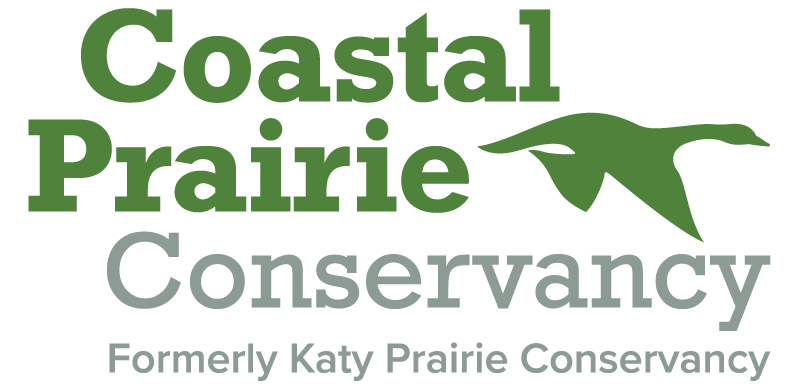Blog
We’re excited to let you in on all of the wonderful things happening on the coastal prairie.
Hi there! Check out the posts below for wildlife spotlights, prairie restoration updates, volunteer highlight stories, and much more! Have an idea for a new blog post? Email info@coastalprairieconservancy.org and let us know.
State of the Species: Eastern (Spilogale putorius) and Plains Spotted Skunk (Spilogale putorius interrupta)
The Eastern Spotted skunk, Spilogale putorius, is a diminutive relative of the more familiar and common striped skunk (Mephitis mephitis). The subspecies, Spilogale putorius interrupta or plains spotted skunk, inhabits the Great Plains in the MIdwest and central area of the United States, including Texas.
State of the Species: Snowy Egret (Egretta thula)
Picture this: It’s a beautiful fall day along the Texas Gulf Coast. While enjoying the sun and listening to the peaceful sounds of waves crashing along the shoreline, your eyes are drawn towards the sky. A beautiful flock of birds fly overhead towards the coastal marshes just behind you. You grab your binoculars, zoom in, and see multiple species of medium white waterbirds. A black bill and yellow feet give away the snowy egret immediately.
State of the Species: Northern Bobwhite (Colinus virginianus)
As a country kid roaming the piney woods and plentiful pastures of rural north Louisiana each summer, I remember mimicking the "bob-WHITE" call. With each attempt, I hoped a northern bobwhite would answer back like they did for my father's whistle. But I could not, and still can't, whistle. My inept attempts at using my shrillest voice to approximate the call never quite worked. But that did not stop me from practicing the high-pitched bobwhite’s call frequently.
State of the Species: Sprague’s Pipit (Anthus spragueii)
Walking across the coastal prairie in the winter, you scan the horizon and the grasses surrounding you, looking for sandhill cranes, northern harrier hawks, and other winter visitors. Suddenly you jump: inches in front of you, a single sparrow-like bird shoots straight up to the sky, uttering a loud squeak as he goes. You catch your breath and smile, realizing that you have just encountered a Sprague’s pipit.
State of the Species: Crawfish Frog (Lithobates areolatus)
As the name suggests, the crawfish frog (Lithobates areolata) lives in crawfish burrows. You might think this frog is a wetland creature from its common name, but is actually lives in grasslands, prairies, open fields, and abandoned pastures.
State of the Species: American Bumblebee (Bombus pensylvanicus)
Bumblebees are important pollinators that live in grasslands and open spaces. The American bumblebee is known for its comparatively large size, fuzzy yellow and black stripes, and loud buzzing sound. The bumblebee has an erratic flight pattern that makes it a useful pollinator across row crops – and inspired Rimsky-Korsakov to compose the Flight of the Bumblebee.
State of the Species: Mottled Duck (Anas fulvigula)
As the morning sun shines across the land, the fog clears over the wetland prairie. In the distance you hear a faint sound, you grab your binoculars. Quickly trying to identify the small flock of ducks in the distance, you realize you have spotted the mottled duck.
State of the Species: Eastern Meadowlark (Sturnella magna)
Nothing says “summer” to me like the call of the eastern meadowlark. As a child growing up in Tennessee’s pastures and meadows, the trilling call and flashing yellow breast of the eastern meadowlark told me that school was almost out and the long, lazy days of summer were beginning. Today, I look forward to the same sights and sounds when I visit the Katy Prairie Preserve.
State of the Species: Loggerhead Shrike (Lanius ludovicianus)
The loggerhead shrike (Lanius ludovicianus) is a unique songbird you might see on the coastal prairie. Named for its disproportionately large head …
State of the Species: LeConte's Sparrow (Ammodramus leconteii)
What’s that, scurrying through the marsh grass? Oh, it’s just a mouse…. Or is it? You may have seen a subtle blur …











